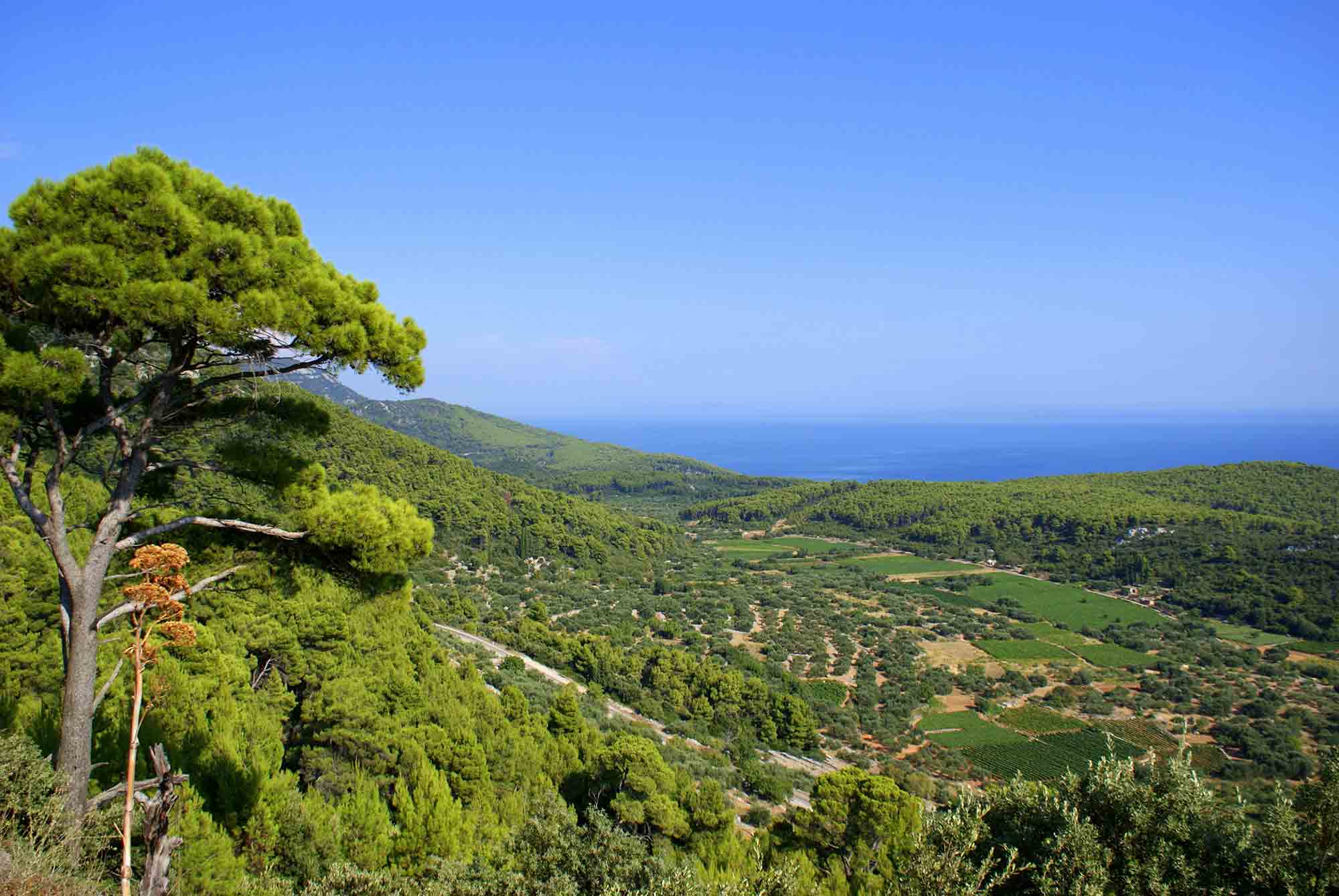Is Teran wine the ultimate expression of Istrian terroir?
What is the highest official grade that any monovarietal wine from any variety of the Refosco family and its close relatives has ever received? Quiz question. Let us know when you find the answer. Or read our article and find out firsthand!
The history of the Teran
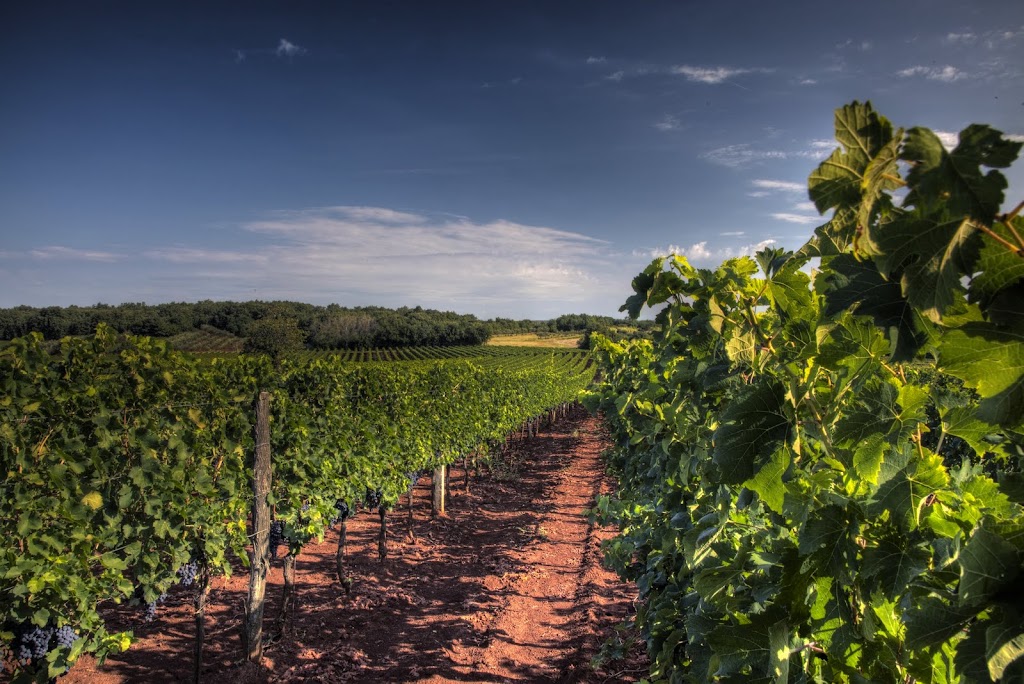
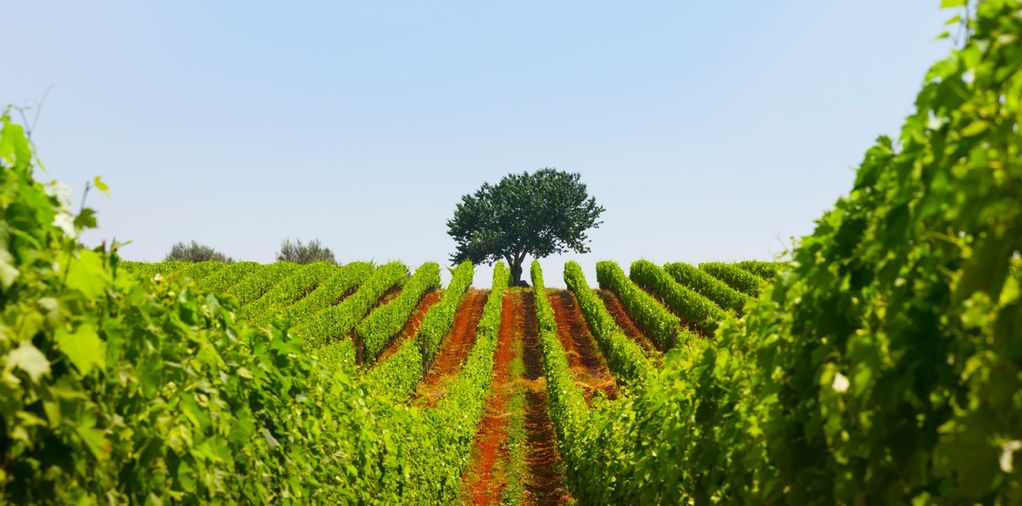
Teran variety was first mentioned at the end of the 14th century when it was served in imperial emissaries, later to Venetian and Austro-Hungarian ambassadors. Until about a hundred years ago, it was the most widespread variety in the Istrian region, making up to 90% of the total assortment.
Always described as a wine with character, strength, and stability, it has a profound Istrian character imprinted.
We know that the Decanter rewards for Teran wines from this penninsula are an excellent recognition of a wine that Istrians enjoy daily. For centuries!
And its a no surprise that this region was often named the wine region of the year and one of the best wine destinations in the world.
Of course, some stories about grape origins or its name cause more stir, debate, and drama in the wine scene. That of Istrian Teran and Slovenian Terrano is no exception.
Istrians aren’t known to be boastful people. They are known to keep their heads down and work hard. They also make good wine, and it should be no wonder that some cult wines are produced there.
Is Terrano wine similar to Teran wine?
Teran variety has grown throughout Istria for centuries and has always been an indispensable part of the Istrian identity and its wine tradition.
Due to the similarity of the Terrano and Teran varieties and the Slovenian protection of the name Teran for the Terrano wine produced in the Slovenian Karst, the Refošk variety, an inevitable confusion arose when it came to these varieties, and they were often identified.
In the Slovenian Karst region, Teran is known as the name of a wine made from the Refošk grape variety. This Refošk differs from the Refosco dal peduncolo rosso cultivated in nearby Italy. Either way, EU regulations stipulate that the Slovenian Refošk from Krast is allowed to be labeled as Teran.
In Istria, Teran is acknowledged as a native grape variety. Still, due to Slovenian regulations surrounding the name Teran, the sale of Istrian wine under the Teran name is prohibited.
After research was done among agronomers, with the help of modern methods, they concluded the definite difference between these two varieties.
To make matters even more ironic, to this day, some of the most awarded Croatian wines are made from Teran, declared as a wine of the Refošk variety, from the registered geographic origin of Croatian Istria.
For example, the highest award for Teran named “Istrian” is made by a Slovenian enologist for a Croatian winery owned by men of Italian origin. The mentioned Teran was pronounced best in the show and won Decanter platinum with 95 points.
This proves that wine knows no borders. Instead of dividing, it brings people together.
Check out our video that explains the Croatian vs. Slovenian Teran drama:
What kind of wine is Teran?
Already on the vine, Teran indicates its rich, robust character. It grows in large bunches, with dense berries, and is known to birth hearty wines with plenty of body, character, and naturally elevated acidity and moderate alcohol.
Teran is particularly well-suited to the red soil of Istria, called “terra rossa”. The earth, enriched with iron, gives the color to the Istrian Teran. When it’s young, the energetic Teran bursts with the flavor of forest berries. Aged, the Teran can ripe fine in wooden barrels. Still, it’s only in the hands of a passionate and knowledgable winemaker that it will realize a ripeness in which the mineral sensation of Istrian earth remains preserved in the backbone of a now-ready wine full of salubrious tannins. Some Istrian winemakers produce age-worthy wines that can show improved taste even after decades of aging.
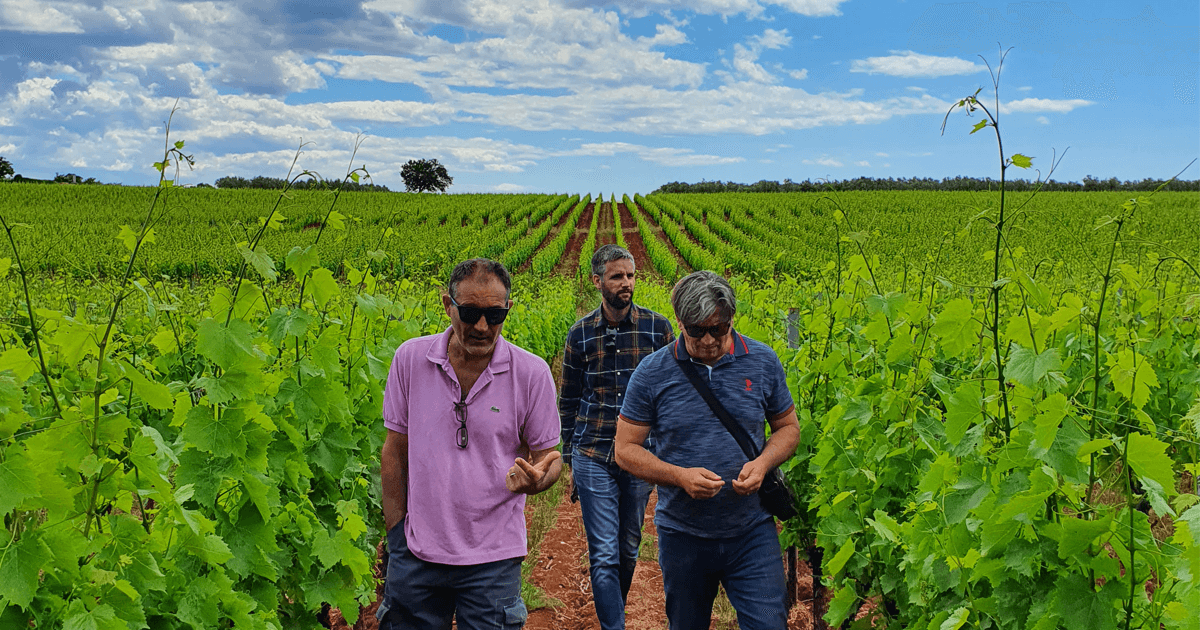
After tasting Coronica Gran Teran vintage 2017, Paula Bosch, the first Germany Female Master Sommelier, concluded:
“Teran is unique and has the potential to succeed in the international market. Istria has a unique variety that represents the specialty of this region.”
First Canadian Master Sommelier John Szabo, after tasting Teran that came from terra rossa vineyards, noted:
“This terroir seems fantastic. I have never seen such red soil anywhere, which certainly favors the exceptionality of this wine. Teran has a future, even in Canada.”
A significant improvement from the days when the ancestors of some of today’s winemakers enjoyed “terrano di unavolta” which was drunk “like milk” and was quite wild and harsh. It was the nourishment of generations that grew up with traditional “Istrian soup,” basically the crust of charred homemade bread dipped into olive oil and Teran wine, seasoned with sugar and pepper.
What does Teran wine taste like?
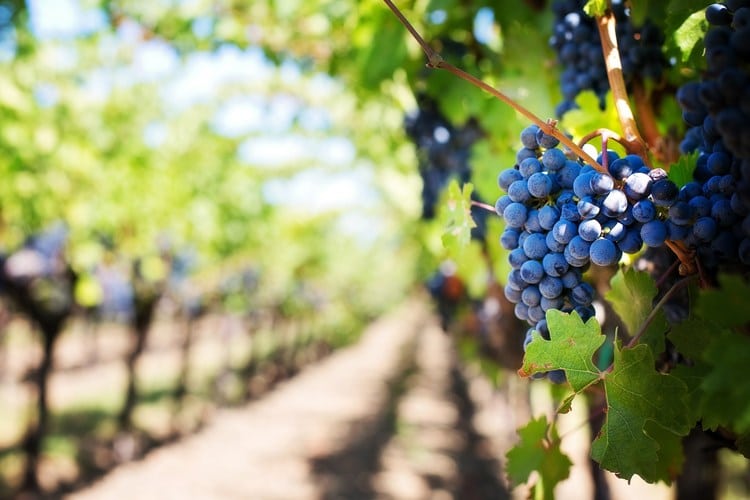
Teran grapes ripen late, at the end of September and the beginning of October, and produce a red wine of intense color with ruby red hues and purple on the edges. Tasting notes of Teran wine include luxurious and rich fruity fragrances reminiscent of forest berries: raspberry, blackberry, blueberry, and currant. The aromatic profile often opens notes of chocolate, and licorice, rounded by spice and fresh herbs. The aromatic profile often reveals hints of chocolate and licorice, accompanied by spices and fresh herbs. The balanced acidity adds a pleasant weight to the palate, creating a pleasing tannic finish.
The peculiarity of Teran is in the balance of higher acidity level, unusual for red wines, and high extract, which makes the taste of this wine full and robust, but at the same time, harmonious and balanced.
Teran goes well with dishes based on meat and game, especially if they are more richly seasoned. It is recommended with prosciutto and well-aged cheese, typical Istrian appetizers that are even tastier if served with homemade bread. Teran pairs nicely with some of the most beloved Croatian traditional dishes.
Decanter awarded Teran wines
Some of the best Teran wines currently come from northwestern Istria. Notable producers of Decanter-awarded monovarietal or blended Teran wines are:
- Coronica winery,
- Kozlović winery,
- Veralda winery,
- Kabola winery,
- Matošević winery,
- Benvenuti winery,
- Damjanić winery,
- Ritoša winery,
- Medea winery,
- Franc Arman winery,
- Rossi winery,
- Franković winery,
- Degrassi winery,
- Domaine Koquelicot,
- Vina Laguna,
- Pilato winery,
- Cattunar winery,
- Fakin winery,
- Tomaz winery,
- Valenta winery,
- Poletti winery.
Did you know?
Teran is also specific for its high content of polyphenols, which is why medicinal properties are also attributed to it. It’s believed that Teran wine, due to its tannin structure and the earth on which it’s cultivated, is rich in iron and biologically active anthocyanins and therefore contains additional salubrious properties contributing to the prevention of cardiovascular ailments and cellular aging.
Istrian winemakers are working on the Terans brand, and its popularity grows yearly. Evident if you consider the attention of foreign markets and the awards received for this variety in international competitions.
In the last few years, Croatia and Istria have produced some of the most prized wines from native varieties, with a bright future ahead.
Searching for that perfect bottle of Istrian red and white wine? At Wine and more, we showcase the finest Croatian wines and handpick a selection of the best Istrian wines in our special cases offer! Check them out and find your next favorite bottle of wine!



















